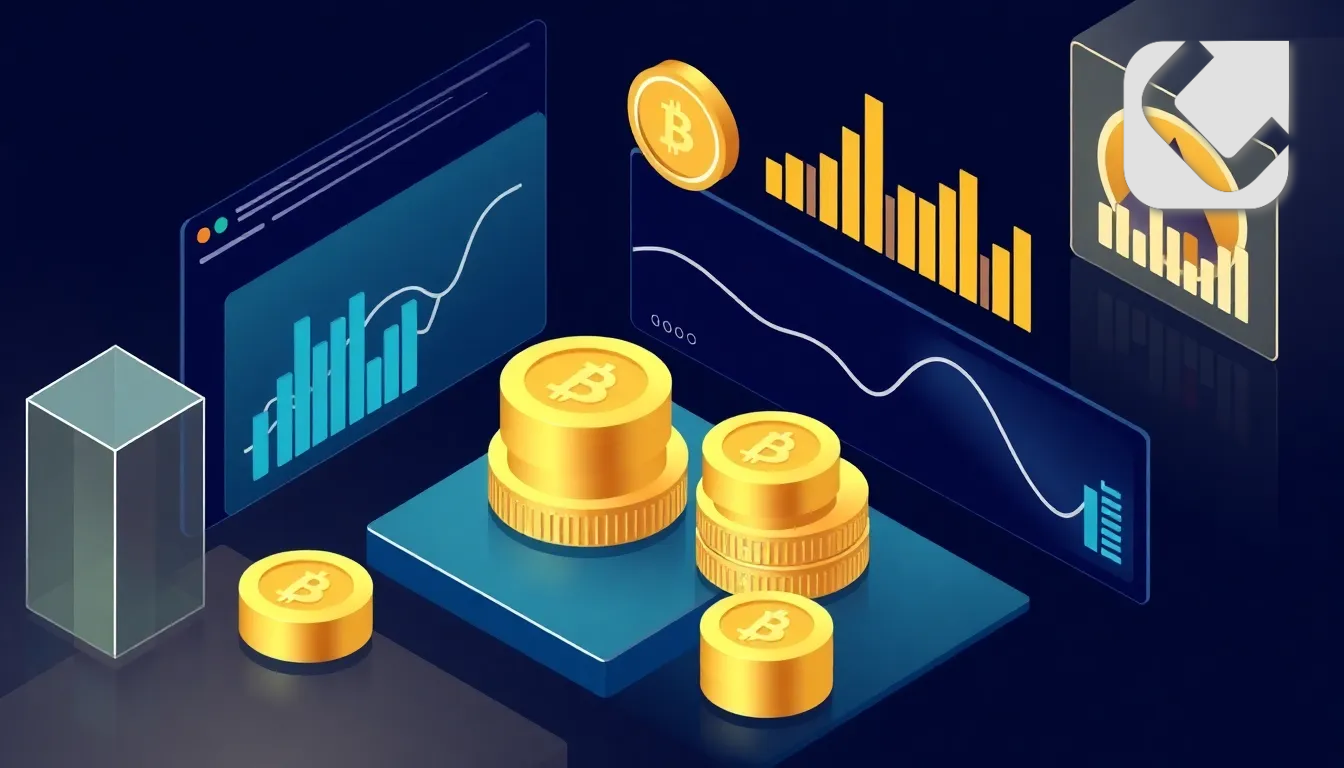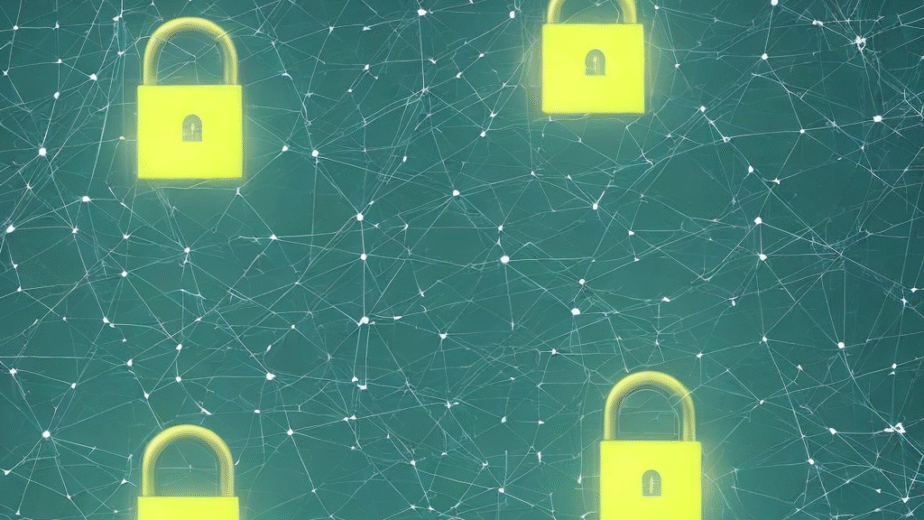Digital asset/tokenization trends (Chambers, KPMG)

Tokenized Tomorrows: Why Digital Asset Trends Are Redrawing Global Finance in 2025
In a hushed boardroom in London’s financial district, a private equity firm just cleared over €100 million via a tokenized real estate transaction—settled in under 10 minutes. Contrast that with the average four-week cycle for traditional cross-border property settlements. What made the difference? A digital token backed by actual bricks and mortar, deployed under a fully compliant framework. This wasn’t science fiction. This was Q3 2025.
Welcome to the new era of capital markets where tokenization—once a buzzword—is now reshaping everything from liquidity strategies in Luxembourg to SME financing in Lagos. Driven by regulatory clarity, technological maturity, and shifting investor appetites, tokenization is no longer the “next big thing.” It’s the here and now. And if you’re still asking, “How does Digital asset/tokenization trends (Chambers, KPMG) work?”, it’s time to catch up or risk being left behind.
From Niche to Norm: What Is Tokenization, Really?
At its core, tokenization is the process of converting rights to an asset into a digital token on a blockchain. Think of it as securitization meets decentralization. But unlike traditional financial instruments, tokenized assets offer programmable logic, fractional ownership, and near-instant settlement.
Leading advisory firms like KPMG and law chambers across the UK and EU are reporting record-breaking token deployment on regulated exchanges. According to a mid-2025 KPMG market analysis, tokenized real estate, private equity, and debt securities represented over $5.2 trillion in cumulative market volume—a 47% increase year-over-year.
In short, if 2023 was the year of regulatory sandboxing, 2025 is the year of industrial deployment. From Basel to Botswana, the rules of the game are being rewritten—fast.
Why Now? The Confluence of Regulation, Tech, and Demand
1. Regulatory Frameworks Are Maturing
Regulators have responded to the tokenization boom with surprising nimbleness. Europe’s MiCA (Markets in Crypto-Assets) regulation, fully enforced in 2024, laid down a foundational compliance framework. The UK’s Law Commission classified digital assets as a new legal property class—a seismic shift for token enforceability in courts.
Closer to home, Botswana’s Non-Bank Financial Institutions Regulatory Authority (NBFIRA) updated its virtual asset guidelines to explicitly include tokenized securities under its VASP licensing framework. That was a game-changer for African fintechs like PAA Capital, which can now offer compliant multi-jurisdictional escrow services across the Africa-Europe corridor.
2. Institutional Infrastructure Has Caught Up
Interoperability layers like Chainlink CCIP, R3 Corda’s new settlement modules, and tokenized SWIFT rails are unclogging the pipes of cross-network liquidity. JPMorgan’s Onyx Digital Assets platform recently processed $1B in daily intraday repo transactions using tokenized collateral. The rails are not just being laid—they’re already transporting billions.
Meanwhile, custody solutions that meet institutional standards (SOC 2, ISO/IEC 27001) are now abundant, solving one of the key Digital asset/tokenization trends (Chambers, KPMG) challenges around key management and asset recovery.
3. Investor Appetite for Programmable Yield is Surging
HNWIs and institutional allocators are increasingly demanding transparent, programmable, real-world yield. Tokenization allows for dynamic cash flow distribution, built-in compliance logic, and secondary liquidity—all music to the ears of compliance professionals seeking to reduce counterparty risk.
Use Cases: From Real Estate to Trade Finance
Digital asset/tokenization trends (Chambers, KPMG) use cases are as diverse as global finance itself. Here are three hotbeds of innovation:
- Real Estate Funds: Swiss REITs are issuing token-based LP shares tradable on regulated venues, cutting entry barriers by 90% and improving fund transparency.
- Private Equity/VC: Luxembourg-based firms are launching tokenized feeder funds, enabling global LPs to invest as low as €1,000 with smart contract governance baked in.
- SME Trade Finance: African exporters can now tokenize invoices and access line-of-credit pools through platforms leveraging ERC-3643 compliance tokens.
By enabling fractional ownership, instant settlement, and global reach, tokenization is unlocking capital flows once trapped by geography, regulation, or cost. That’s not just efficiency—it’s financial inclusion with muscle.
Compliance Considerations: Friend, Not Foe
One lingering misconception is that tokenization and compliance are oil and water. In 2025, that’s dead wrong. Leading implementations are proving that programmable compliance is not only possible—it’s preferable.
Digital asset/tokenization trends (Chambers, KPMG) Compliance Best Practices
- Know-Your-Token (KYT): Know your token holders via wallet whitelisting, transaction heuristics, and zero-knowledge proofing where necessary.
- Smart Contract Audits: Code is law—but only if the code is clean. Audits by reputable firms (Trail of Bits, Hacken) are becoming mandatory in institutional token launches.
- Onchain Reporting: Automatic tax and regulatory reporting through APIs integrated with jurisdiction-specific standards (e.g., FATCA, CRS) is now standard in leading platforms.
PAA Capital’s regulated digital escrow, for example, already incorporates programmable release conditions tied to on-chain fulfillment—combining compliance with execution in real-time. That’s “trustless” in the best possible sense.
Challenges Still Lurking in the Shadows
Despite progress, digital asset/tokenization trends (Chambers, KPMG) aren’t without hurdles. These include:
- Regulatory Fragmentation: While the EU and UK have taken the lead, many African and Asian jurisdictions still lack legal recognition of tokenized assets.
- Technology Risk: Smart contract bugs remain a clear and present danger. Just this year, a $60M tokenized bond project was delayed due to a simple overflow error in payout logic.
- Liquidity Thinness: Secondary market depth is improving, but not evenly. Private tokens often still lack a reliable buyer base post-issuance.
For institutional clients, due diligence must now extend beyond financials to include smart contract architecture, regulatory jurisdiction stacking, and off-chain enforcement mechanisms.
Cost-Benefit Analysis: Does It All Add Up?
If you’re still weighing the Digital asset/tokenization trends (Chambers, KPMG) cost analysis, consider this:
- Average cost savings per issuance: 25-40% vs. traditional securitization (source: World Economic Forum)
- Settlement time reductions: From T+2 to T+0 in over 60% of pilot projects globally
- Compliance overhead: Upfront cost is higher, but ongoing monitoring and reporting are significantly reduced via automation
Put simply, the juice is increasingly worth the squeeze—especially if your institution handles fragmented cross-border assets, syndicated debt, or niche fund structures.
The Path Forward: How to Get Ahead of the Pack
Whether you’re a bank in Berlin, a fund manager in Nairobi, or a compliance officer in Cape Town, the question is no longer “if” but “how fast?”
Digital asset/tokenization trends (Chambers, KPMG) Implementation Guide
- Step 1: Conduct a tokenization-readiness audit (tech, legal, ops)
- Step 2: Choose your jurisdiction and regulatory partner wisely (e.g., Malta for innovation, Germany for conservative investors)
- Step 3: Build or select a compliant token issuance platform with audited smart contracts
- Step 4: Pilot with an internal asset class (e.g., inter-company debt or treasury notes)
- Step 5: Scale with investor education, secondary market partnerships, and token lifecycle governance
For compliance teams, plug into regulatory sandboxes early and collaborate with digital asset lawyers (Chambers rankings offer solid leads here). Also, stay updated with Digital asset/tokenization trends (Chambers, KPMG) trends 2025 reports for jurisdictional guidance.
Conclusion: The Future is Fractional, Fast, and Fully Compliant
The tectonic plates of global finance are shifting. Tokenization is not just digitization—it’s a redesign of ownership, sovereignty, and settlement. The benefits? Borderless liquidity, lower costs, programmable compliance. The risks? Manageable, but only if you treat this evolution with the seriousness it demands.
As financial corridors like Africa-Europe modernize, firms that move early—armed with regulatory foresight and technical precision—stand to leapfrog not only their regional peers but established incumbents globally.
So don’t just observe the Digital asset/tokenization trends (Chambers, KPMG) from the sidelines. Get in the game. Build. Regulate. Scale. Because the future of finance isn’t coming. It’s already here—and it’s tokenized.


